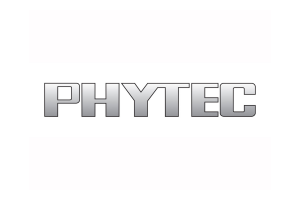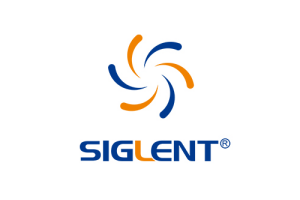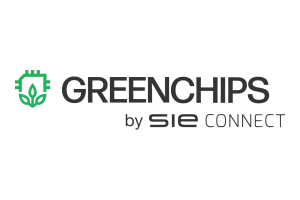USP Laser Technology
Fraunhofer Develops New Laser Generation
Fraunhofer has founded the new Cluster of Excellence "Advanced Photon Sources". The aim is to develop laser systems that achieve maximum power with ultra-short pulses (USP).
They significantly exceed all previous USP lasers in terms of average laser power."We are joining forces with twelve institutes to develop a new generation of lasers for industry and research," explains Prof. Reinhart Poprawe, head of the Fraunhofer Institute for Laser Technology ILT and head of the cluster. "A disruptive technology is planned, on the basis of which the application areas for laser technology will be significantly expanded - from the scaling of ultra-precise manufacturing processes to the development of new pulse duration and wavelength ranges for research.
USP lasers generate extremely high intensities in focus even at comparatively low pulse energies. For a long time, they were only used in basic research. The development of highly efficient, powerful pump diodes made it possible to use new laser media, especially ytterbium-doped fibers and crystals. In recent years, USP lasers based on this technology have achieved average laser power and robustness that also make industrial applications possible.
USP lasers have two major advantages for micro material processing applications: On the one hand, they can process practically all materials. On the other hand, the ablation is especially precise and therefore gentle, because hardly any heat remains in the adjacent material due to the ultra-fast interaction. This is why these lasers were interesting for medical technology at an early stage, for example for eye operations using the Femto-Lasik method.
Performance Increase up to the 10 kW Range
With regard to economical processing speeds when cutting ultra-hard ceramic materials and fiber-reinforced plastics, the output of current USP lasers in the 100 W class is often insufficient. Driven by the application potential in industry and the need for basic research, the "Advanced Photon Sources" partners have set themselves the goal of increasing the average output of the USP sources at the Fraunhofer Institutes ILT and IOF to the 10 kW range.
With a budget of ten million euros for the first three years, corresponding beam sources are to be developed and tested. The two institutes will establish application laboratories in 2018 so that the other partners will be able to start developing systems technology and innovative applications at an early stage. Application development is aimed at investigating new processes and bringing known processes to industrially relevant throughputs. Examples range from the microstructuring and surface functionalization of solar cells, ultra-hard ceramics, and battery components to the cutting of glasses and lightweight materials.
In addition to breakthroughs in ultra-precise production with high productivity, the beam sources will also be used to generate coherent radiation in the soft X-ray range - with photon fluxes that are two to three orders of magnitude higher than those achieved to date. The aim is to establish applications such as the generation and investigation of novel materials in the field of materials science. In addition, new possibilities are opening up for the imaging of biological samples or in the semiconductor field as well as for lithography.
But the new lasers are also interesting for basic research: laser particle accelerators, for example, are more powerful, much smaller and can even be integrated into existing laboratories. In addition, these so-called secondary sources can also significantly boost areas such as materials research and medical technology.





